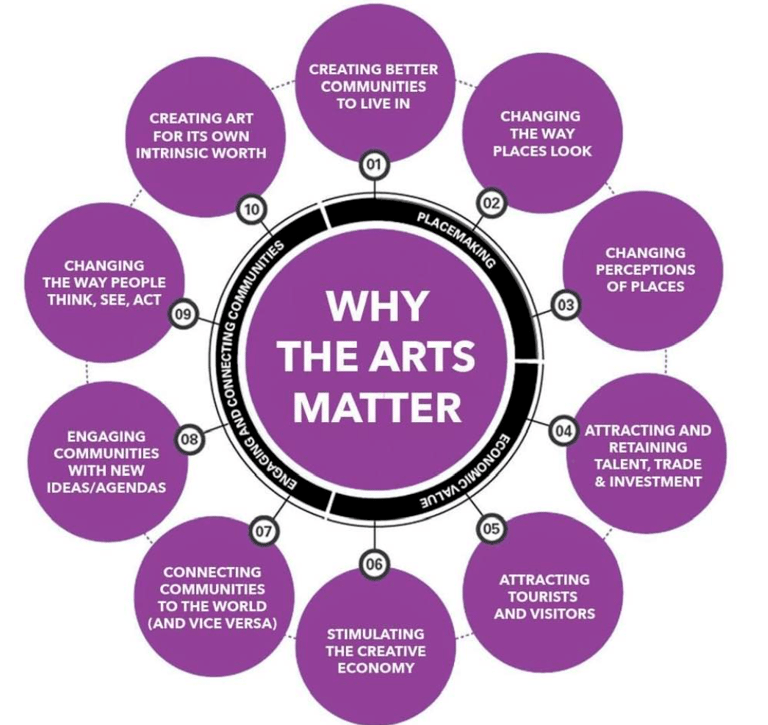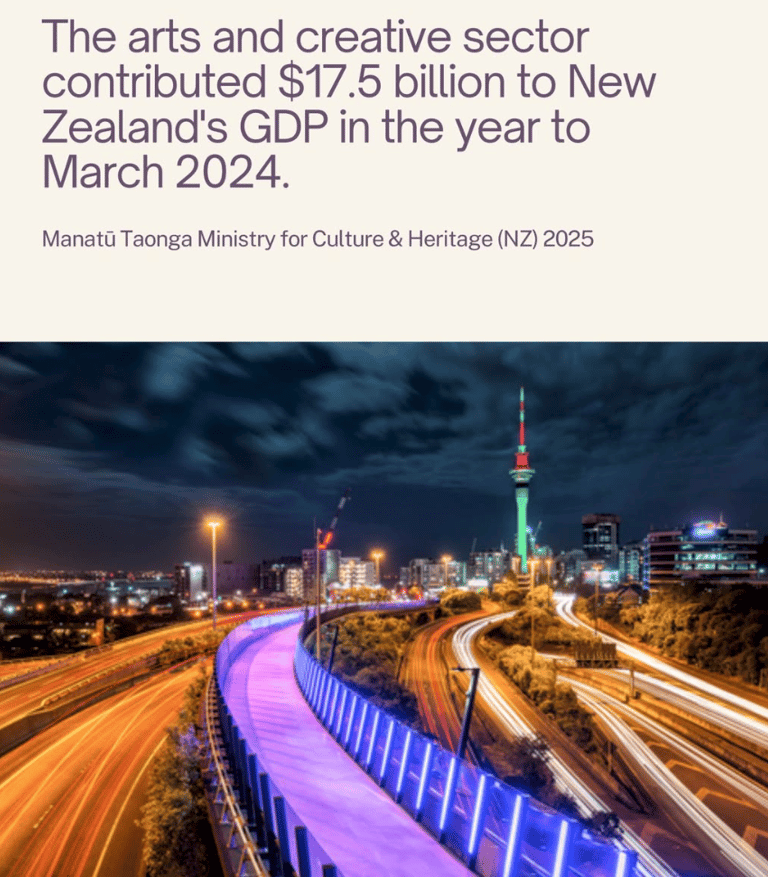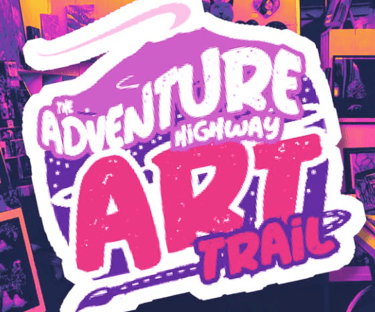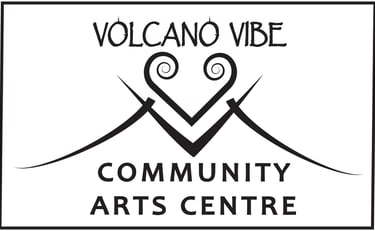

Supporting the arts
Art as council policy
Back in 2005 along with my partner, a Kiwi expat, I attended a reception at the New Zealand High Commission in London. The purpose of the reception was to persuade talented Kiwis to come home. The guest speaker was the then Waitakere Mayor Bob Harvey. Harvey’s pitch was simple: Put your talents to good use at home and help make New Zealand a better place for your children and future generations of Kiwis. We listened as Harvey outlined the work he was doing in Waitakere, especially around his council’s support for the arts.
Harvey’s pitch found resonance and just over a year later we moved from Notting Hill West London to Titirangi, Waitakere City. Harvey wasn’t exaggerating when he spoke of his council’s support for the arts. Step off the train at Henderson to visit the town hall and you are greeted with a Toi Māori sculpture and a stained glass work by Dean Buchanan. At the entrance to the architecturally award winning town hall stood a sculpture by John Edgar. Step into the town hall and you’ll find a civic space given over to the display of local and nationally produced works of art.
The council appointed Naomi McCleary as Arts Manager for the Council, Naomi developed a significant arts portfolio for the city, including a ground-breaking arts/design practice placing artists at the heart of public space development, a model of best practice adopted by many councils around New Zealand. She also initiated an events programme including the Going West Books & Writers Festival. The council supported numerous galleries, art centres, and events including The West Coast Gallery in Piha, Lopdell House in Titirangi, the Corban Centre in Henderson, and the Titirangi Festival of Music.
Why such emphasis on the arts in what was Waitakere?
Mayor Harvey and the Waitakere City Council saw the arts as a crucial quality of life issue. Encouraging community cohesion and reducing isolation. The reduction of isolation and community engagement shows us the value of art in our society. Placing all this at the heart of civic decision making and you are placemaking desirable communities.
So, is art important to Ruapehu?
Yes, taking into account these factors and enhancing them gives the council the opportunity to improve the liveability and quality of life of our district enabling growth and development of our communities in a positive way. If we are to do more than encourage people to buy second homes for the ski season then we need to look at the work Waitakere did to make itself probably the most liveable part of Auckland. It did so because they took the lead in supporting the arts in the community.
How might that look here?
There are already a number of artists and voluntary groups doing great work in bringing the arts to our communities; The excellent work Paula Charlton did with the Waimarino Art Awards, The Twin Rivers Gallery in Taumarunui, Volcano Vibe Arts Collective and The Raetihi Arts Trust Gallery in Raetihi, the Ruapehu Art Awards, and the work of Mark Tyrrell on the Art Trail. The success of the Taranaki Arts Festival shows what can be done with the support of Council. Closer to home a district wide arts trust supported by the council could bring all of the arts based organisations together and work cohesively for a district wide arts strategy. Image for a moment a district wide festival, call it the Ruapehu Festival that incorporated all of the artist strands that already exist here. Imagine the Chateau not as a crumbling pile but as a unique venue for artistic endeavours that will draw visitors to the district. But more importantly, imagine, just as Bob Harvey and the Waitakere City Council did how the arts can help us to make Ruapehu one of the most liveable districts in the North Island.
Some of the community arts groups in Ruapehu
"The arts are a crucial quality of life issue. Encouraging community cohesion and reducing isolation. The reduction of isolation and community engagement shows us the value of art in our society. Placing all this at the heart of civic decision making and you are placemaking desirable communities."








